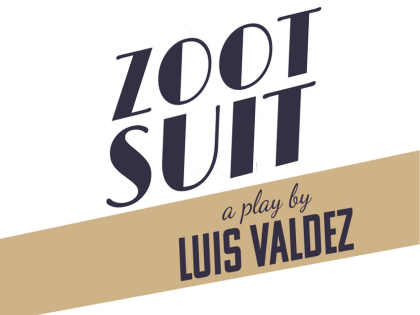The Significance of the Zoot Suit of the 1940s:
Following Japan’s bombing of Pearl Harbor, the United States officially entered World War II on December 8, 1941.
Brave men dutifully joined the US Armed Forces and swapped their civilian clothes for a military uniform. As so much wool was needed to manufacture these uniforms (as well as silk for making parachutes and maps), civilian resources were put under immense strain.
To cope with this, in March 1942, the US War Production Board issued regulation L-85, which put strict limitations on clothing and the use of natural fibers. As part of these regulations, a new style of 1940s men’s suit emerged – thus, the Victory suit was born.
The 1940s men’s Victory suit was mixed with synthetic fibers such as rayon (derived from wood pulp) to reduce the amount of natural material used. The jacket was shorter, and pants often were narrower with no pleats or cuffs; this suit has no excess fabric or embellishments of any kind. There was even a strict limit on zippers or buttons, which weren’t used unless absolutely necessary.
Wearing the Victory suit allowed men to feel that they were being patriotic and helping the troops by giving up limited and much-needed resources.
In stark contrast to the Victory Suit, there was an outlandish 1940s men’s suit that was the complete antithesis of the war-produced suits as instructed by the war production board. This was the infamous Zoot Suit. The Zoot suit had very loud color options in sharp contrast to the slimmed-down Victory suit.
The jacket was oversized with wide lapels and shoulder pads, while the pants were extra high-waisted and wide-legged, dramatically narrowing at the ankle. Symbolizing cultural pride, the Zoot suit was soon adopted by young Mexican and Italian-American men.
During World War II, the Zoot Suit was widely viewed as a deeply illicit item of clothing due to the over-abundance of materials used. It was often linked to delinquency and criminal behavior by the media and law enforcement, reflecting the era’s racial prejudices and xenophobia.
The restrictions as set out by the war board banned the making of the wide-cut and over-the-top Zoot suit; wearers of the Zoot suit were thought of as unpatriotic. Most honest and rule-abiding tailors followed the restrictions, but a handful of bootleg tailors in New York and Los Angeles continued to make them.
Luis Valdez’s production of Zoot Suit is a landmark Chicano play that explores cultural identity and systemic racism through the lens of the Zoot Suit Riots and Sleepy Lagoon Trial. It portrays the struggles of the Chicano community in 1940s Los Angeles, California, highlighting themes of racial profiling, media influence, and the fight for civil rights. The play’s enduring influence reflects ongoing discussions about race and justice.






































